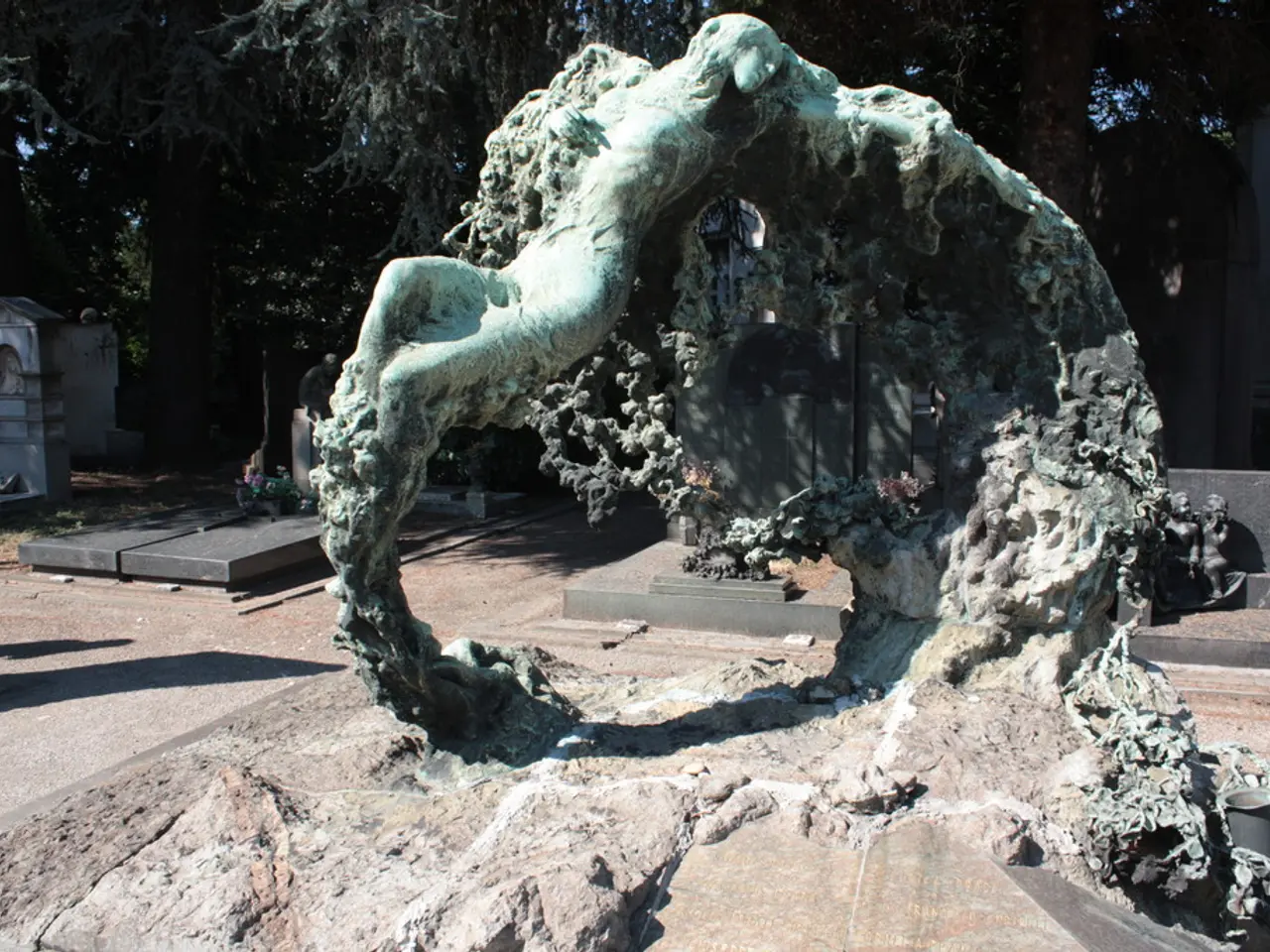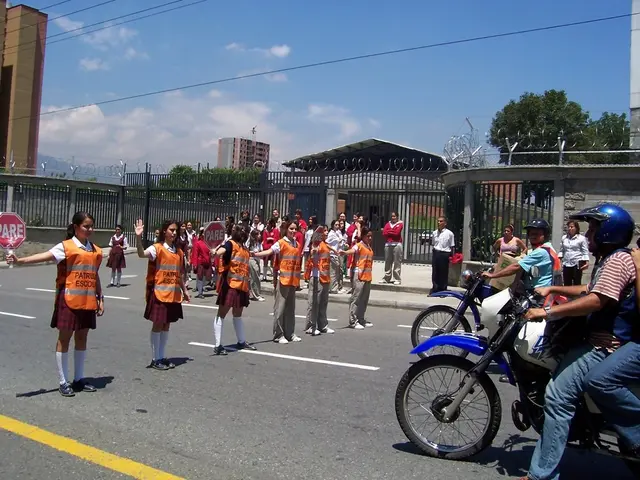Military personnel inadvertently encamp on ancient burial site
German Armed Forces Partially Destroy Ancient Burial Mound During Training Exercise
In a surprising turn of events, a training unit of the German Armed Forces has partially destroyed a Bronze Age burial mound during a deployment preparation exercise in Schleswig-Holstein. The discovery was made by Christoph Unglaub, the regional director of the Archaeological Heritage Office, who initially believed the traces of the military exercise were the work of grave robbers.
Unglaub and his team were documenting what was thought to be a grave robbery when they stumbled upon numerous sandbags buried in the middle of the burial mound. The discovery of sandbags suggested that the activity was military, not grave robbing.
The burial mound, which is estimated to be around 4,000 to 5,000 years old, based on the discovery of a charred flint stone, has been partially destroyed. The soldiers built a field position on the burial mound, as indicated by stakes driven vertically into the ground and thick branches used as reinforcement.
Martin, a representative from the Armed Forces, stated that the soldiers did not recognize the burial mound as a historical monument. The German Armed Forces use sandbags to build field positions for the protection of troops, but it appears that in this instance, they inadvertently caused damage to a significant historical site.
The Armed Forces regret the destruction of the historical burial mound and have admitted the incident upon request. They will review their internal procedures and preparations for deployment exercises to ensure the protection of historical burial mounds in the future.
General knowledge suggests that the German Armed Forces (Bundeswehr), like most modern militaries operating in historically rich areas, typically follow strict procedures to protect historical and cultural heritage during training. These include coordination with cultural heritage authorities, restrictions or avoidance zones during live-fire or maneuver exercises near sensitive sites, monitoring and mitigation plans, and training troops on cultural awareness and the importance of preserving historical artifacts and locations.
However, the publicly available information focuses on training readiness, interoperability, and multinational exercises without explicitly addressing historical site protection during training exercises. For official details, consulting the Bundeswehr’s public relations or German Ministry of Defense sources would be advisable.
Unglaub was relieved, as he feared that if it had been grave robbers, they might continue their activities. The incident serves as a reminder of the importance of preserving historical sites and the need for increased awareness and vigilance during military training exercises.
The German Armed Forces, despite typically following procedures to protect historical and cultural heritage, inadvertently caused damage to a significant historical burial mound during a training exercise. Sandbags, a common tool used by the military for building field positions, were found buried in the burial mound, indicating the activity was military, not grave robbing.






